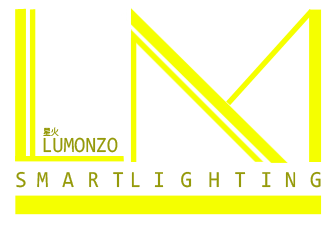Our Introduction
Welcome to our lights company’s website, where innovation meets illumination. Our mission is to brighten the world, one street at a time.
QUICK LINKS
PRODUCT CATEGORIES
ADDRESS
- info@lmledlight.com
- B26E, 4th Floor, Building 522, Bagualing Industrial Zone, Futian District, Shenzhen
© 2024 lmledlight.com All Rights Reserved.
Shopping Cart

